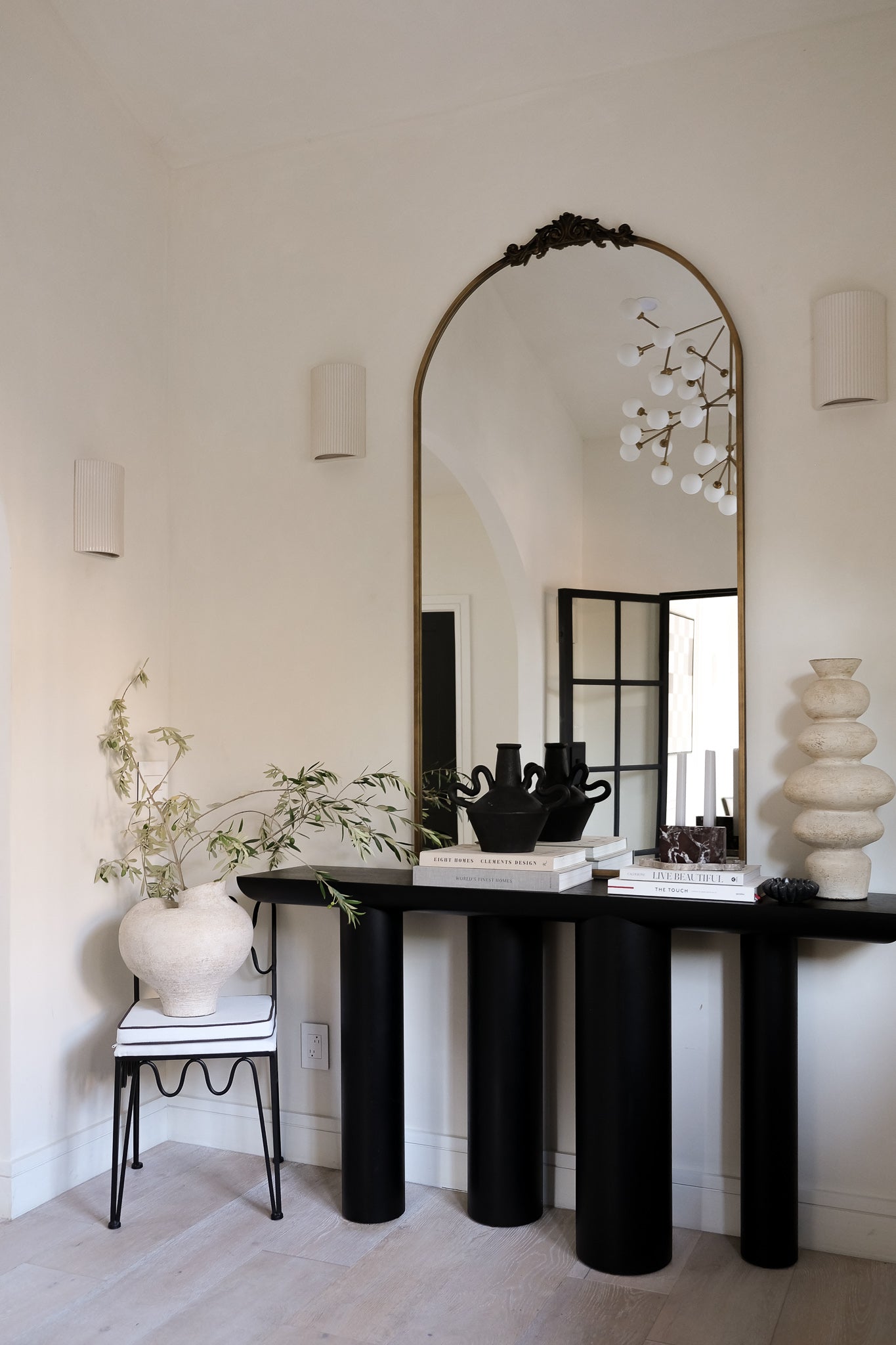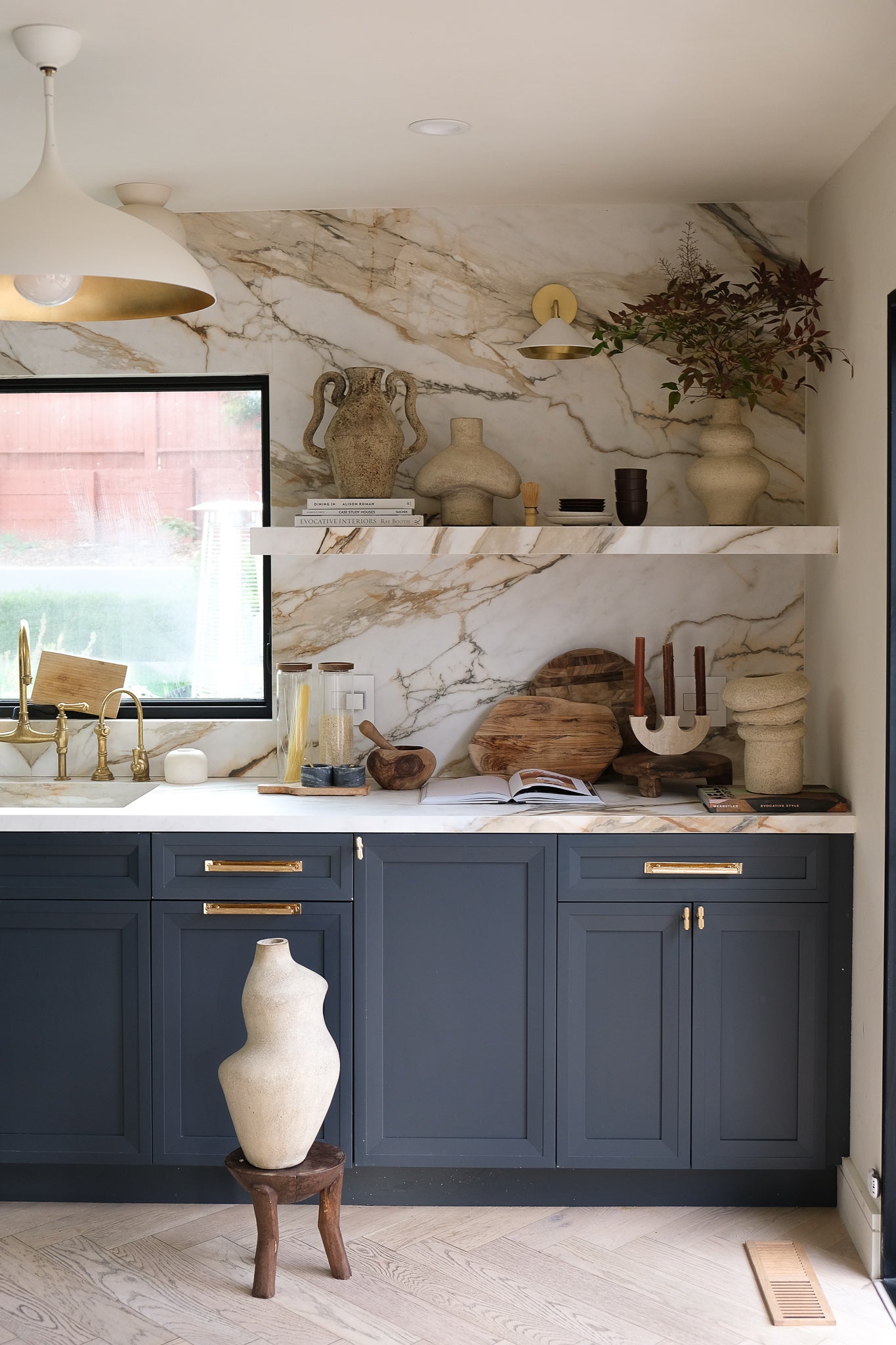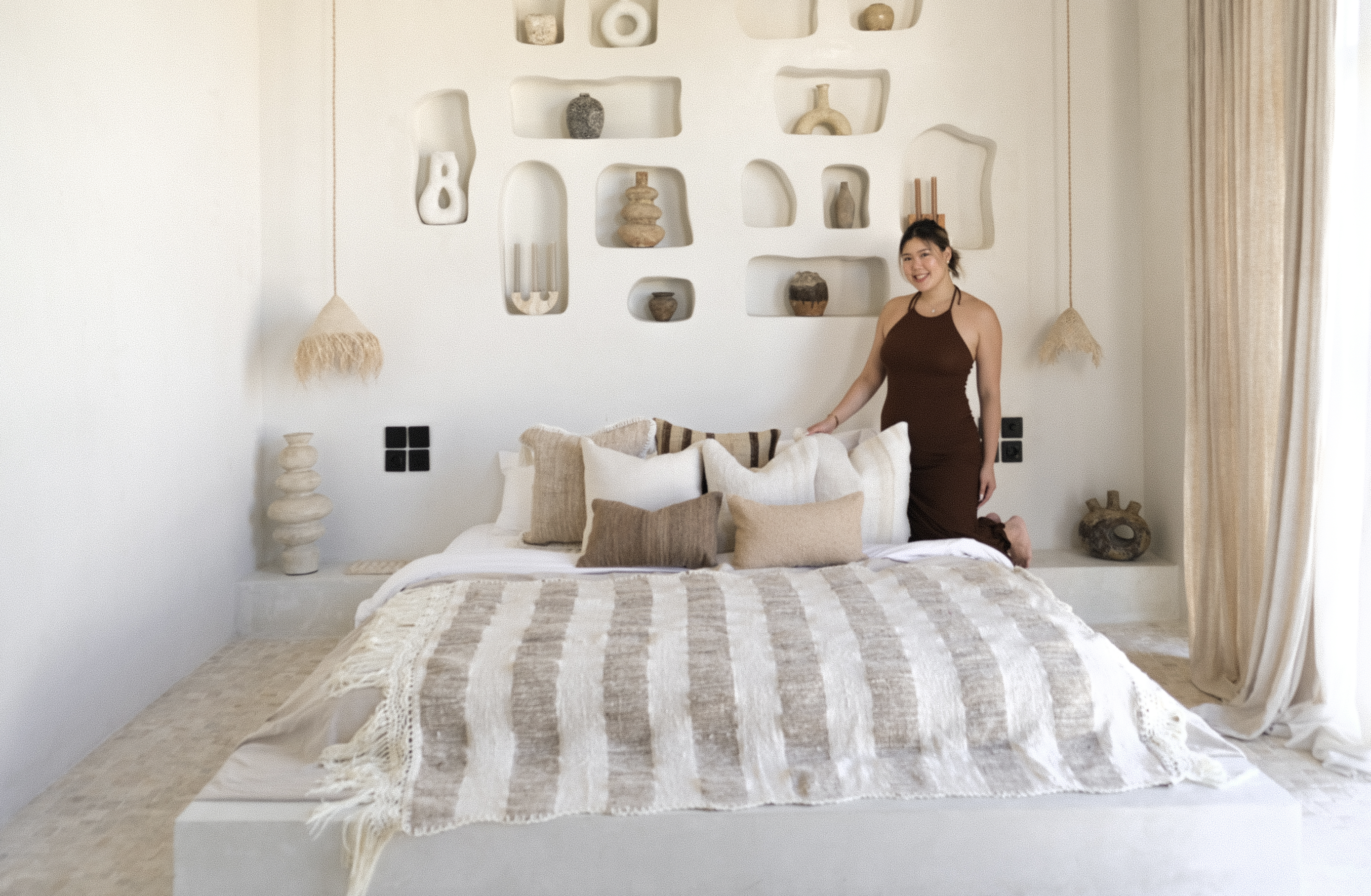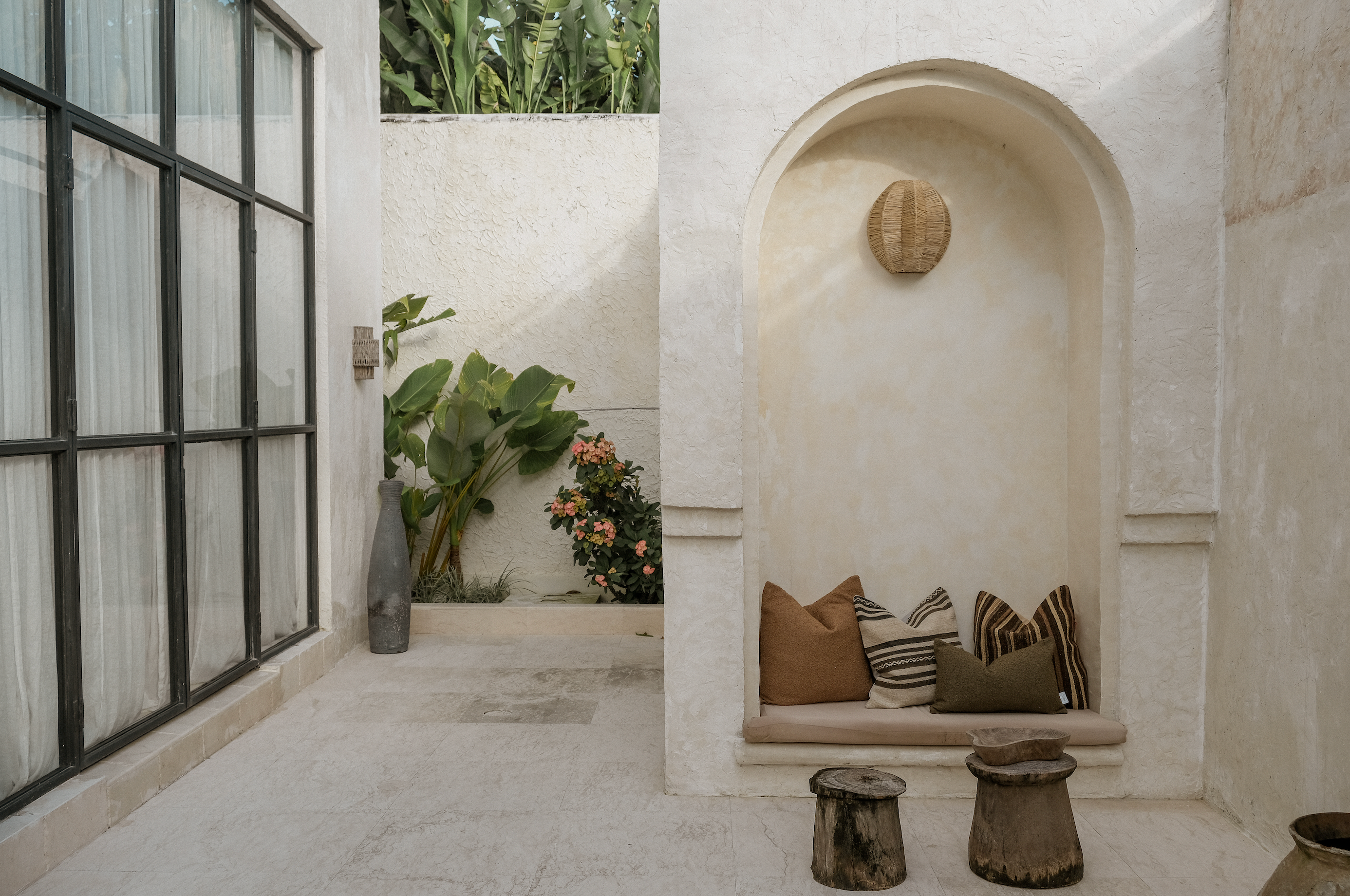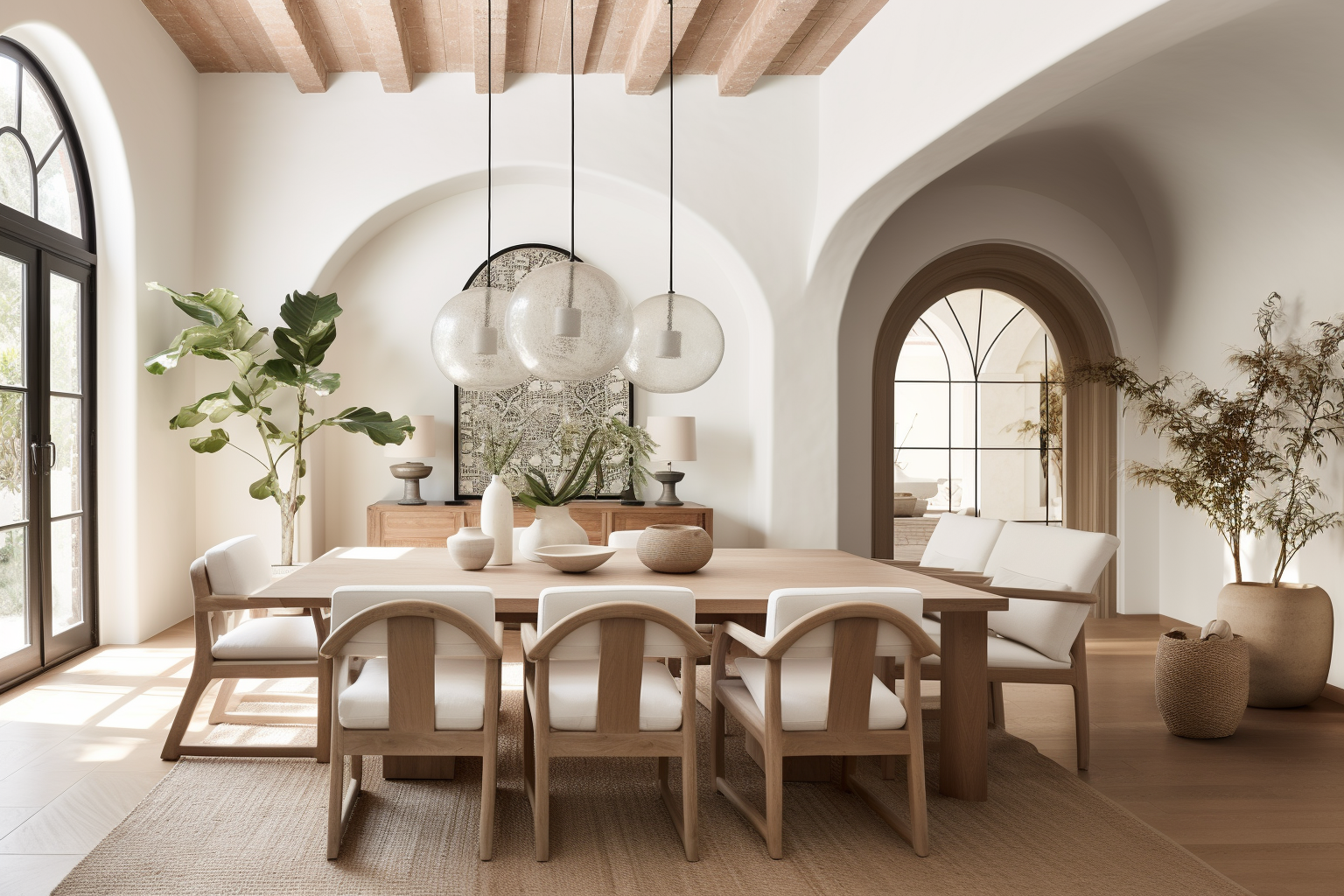
Famous Interior Decorators: A Journey Through History
Interior design has been shaped by creative decorators throughout history, each leaving a unique mark on how we decorate our homes and living spaces. Understanding the past helps us understand why our homes look the way they do now. We will also explore how new interior designers make their own lasting contributions to this field.
The early days of interior decoration were characterized by elaborate murals, mosaics, and luxurious furnishings to reflect a culture’s societal values.
As time went on, key figures such as King Louis XIV of France, renowned for his opulent Palace of Versailles, and English designer Thomas Chippendale, known for his iconic furniture designs, played pivotal roles in shaping early interior design aesthetics.
The emergence of the Neoclassical style in the late 18th century, spearheaded by designers like Robert Adam, further emphasized classical ideals, with a focus on symmetry, balance, and classical motifs, setting the stage for the development of modern interior design principles.
Here are more interesting interior design figures of the past:
- Albert Hadley: Hadley's work often featured harmonious color palettes, elegant furnishings, and timeless design elements. One notable example is his redesign of the interior of Brooke Astor's New York City apartment, where he seamlessly blended traditional and modern elements to create a sophisticated yet comfortable living space.
- Dorothy Draper: Draper's iconic designs are characterized by bold colors, dramatic patterns, and lavish ornamentation. Her redesign of The Greenbrier resort in West Virginia exemplifies her signature style, with vibrant hues, oversized florals, and opulent furnishings creating a sense of grandeur and luxury.
- Elsie de Wolfe: De Wolfe's interiors were known for their light and airy feel, incorporating pastel hues, delicate furnishings, and a sense of refined elegance. One of her most famous projects is the interior of the Colony Club in New York City, where she introduced a fresh, feminine aesthetic that departed from the heavy, ornate styles of the time.
- Jean-Michel Frank: Frank's minimalist interiors featured clean lines, muted colors, and luxurious materials such as parchment, shagreen, and bronze. His design of the Paris apartment of fashion designer Elsa Schiaparelli epitomizes his refined style, with understated yet luxurious furnishings and a sense of effortless sophistication.
- Billy Baldwin: Baldwin's interiors were known for their timeless elegance and comfort, blending classic and contemporary elements with ease. One of his most famous projects is the redesign of Cole Porter's Waldorf Towers apartment, where he created inviting and stylish spaces that reflected Porter's personality and lifestyle.
Emerging Styles in the 20th Century
The 20th century brought new inspiration to the world of interior design. A diverse array of influential styles emerged: organic patterns of Art Nouveau, the glamorous geometry of Art Deco, and the functional elegance of Mid-Century Modern, with each era bringing its own distinctive aesthetic. Today, contemporary interior design draws inspiration from these major 20th-century styles, blending elements to create personalized spaces that embrace innovation and individual expression.
Contemporary Masters of Interior Design
- Kelly Hoppen: Known for her signature "East Meets West" style, Hoppen brings a sense of harmony and balance to her interiors through clean lines, neutral palettes, and luxurious textures. Her timeless designs exude elegance and sophistication.
- Kelly Wearstler: Renowned for her fearless use of color and texture, Wearstler's eclectic designs blend vintage and contemporary elements with sophistication.
- John Pawson: With a minimalist approach, Pawson creates serene and contemplative interiors that celebrate simplicity and space. His designs emphasize clean lines, natural materials, and an understated elegance that fosters a sense of calm and clarity.
- Nate Berkus: Berkus creates interiors that feel both timeless and personal by blending the old with the new. His designs often feature rich textures, warm colors, and eclectic furnishings.
- Patricia Urquiola: Urquiola's designs are characterized by organic forms, tactile materials, and experimental techniques. Her innovative approach seamlessly blends tradition and modernity, resulting in timeless yet cutting-edge interiors.
- Philippe Starck: A pioneer of avant-garde design, Starck's creations span architecture, interiors, and product design. His visionary work combines functionality with whimsy, pushing the boundaries of conventional design. Visit:
- Vincent Van Duysen: Renowned for his refined and understated designs, Van Duysen creates interiors that exude warmth and tranquility. His minimalist aesthetic is characterized by a neutral color palette, tactile textures, and an emphasis on light and space.
The Future of Interior Design
With recent innovations, it is foreseeable that interior design will soon be focused on adapting to technology like virtual reality and AI to create interactive experiences. Sustainability will also be important, with designers using eco-friendly materials and energy-efficient designs. Personalization will also be key, with spaces tailored to individual tastes and needs. Collaboration between designers, architects, and tech experts will drive these changes, making interior design more dynamic.
Technology will revolutionize interior design, as it allows clients to experience their spaces before construction, making design decisions easier. Virtual interior design enhances communication, streamlines the process, and makes projects more efficient and cost-effective.
